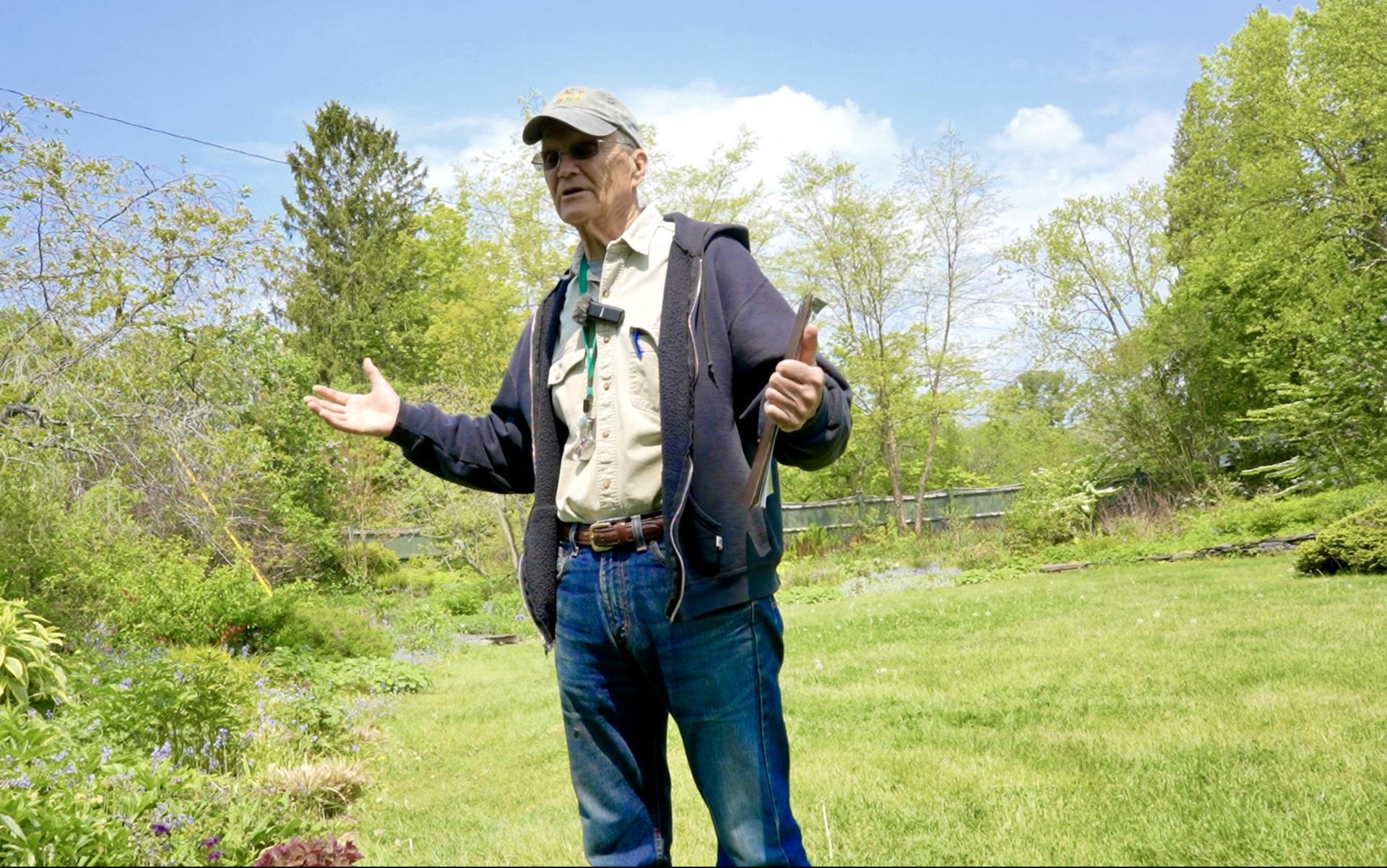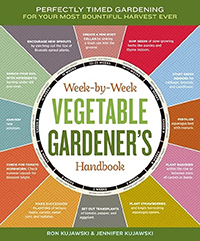You are here
Gardeners Checklist: Here Is What to Do on This First Week of June
Gardeners Checklist: Here Is What to Do on This First Week of June
By Ron Kujawski
• Don’t neglect the thinning of vegetable crops. Most seed packets recommend seed spacing that is much closer than the final spacing for growing the vegetables. That’s because a certain amount of seeds will fail to sprout or survive for one reason or another. The seed packet will also give you the recommended spacing after thinning. The best way to thin crops is to cut off unwanted seedlings at their base. Pulling up seedlings can disturb the roots of remaining plants.
• Provide shade for radishes and leafy greens to slow their bolting. Bolting is the formation of flower stalks, a normal occurrence for radishes and certain leafy greens (e.g., spinach, arugula,
mustard greens). Once they bolt, they develop a bitter flavor. Shade provides cooler temperatures and can slow the bolting process. Use shade cloth suspended over the vegetables or set up sections of trellis or snow fence to make shade. Later in the season plant greens and radishes in the shade of taller vegetables such as corn and pole beans.
• Grow annual herbs (i.e. basil, chervil, cilantro, marjoram, and parsley) in pots. They grow faster
and larger in pots than in the garden. Also, leaves of container-grown herbs are cleaner since
there is less splashing of soil onto leaves when watering or during rainfall. Spreading pea stone on the soil around potted herbs and other potted plants will prevent splashing of soil when watering.
• Be careful not to cut lawns too low. Preferred mowing height for the grass species commonly used for lawns in this part of the country is between two and three inches. A few lawns around here were noticeably browning in the heat of the past week. All of those lawns were cut very low. Many people think low cutting will reduce the need for frequent mowing. It will but only because the grass will die when stressed by hot, dry weather. Then it won’t have to be mowed at all.
• A key to maximizing the amount of produce harvested from gardens is to make use of all your garden space throughout the entire growing season. As crops are harvested and space becomes available, be prepared to plant other crops. That takes a little planning. For one, you’ll have to make sure that you have seed on hand through the summer. Therefore, buy extra seed now before it’s sold out. Different vegetables of course have a different length of growing season.
Check the seed packet for “days to harvest,” that is, how many days it takes from seed germination to maturity. Will there be enough time to get in a harvest? That will depend on what the average date of first frost is for your area and whether the vegetable is frost tolerant. For example, bush beans and turnips have a similar “days to harvest” period but the beans will be killed with the first hard freeze while turnips will continue to grow well into fall and early winter.
Ron Kujawski began gardening at an early age on his family's onion farm in upstate New York. Although now retired, he spent most of his career teaching at the UMass Extension Service. He serves on Berkshire Botanical Garden’s Horticulture Advisory Committee. His book, Week-by-Week Vegetable Gardener’s Handbook, is available here.
Help Our Garden Grow!
Your donation helps us to educate and inspire visitors of all ages on the art and science of gardening and the preservation of our environment.
All donations are 100 percent tax deductible.



